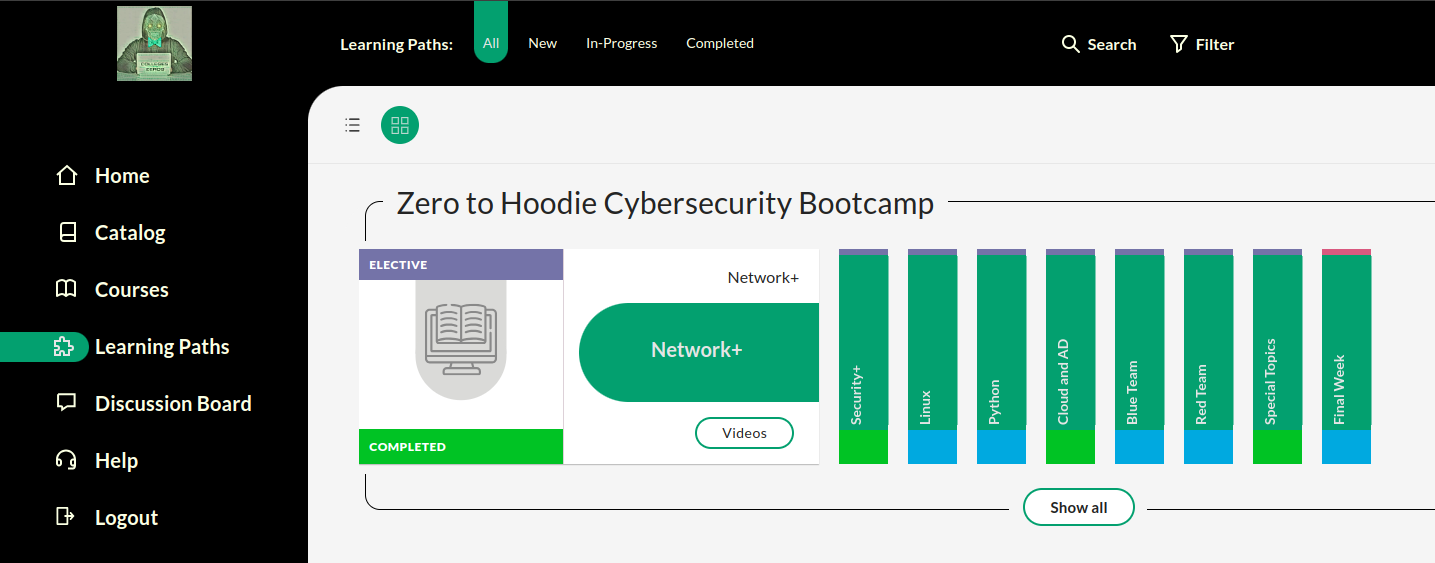DevOps Series: Jenkins
Cooking is for more than just Chefs
Hello, Hoodies!
It’s been A MINUTE since we’ve had another paid article. Such is the nature of owning multiple businesses (which has been amazing but now I have some catching up to do!)
Today on our devops series, we’re going to discuss Jenkins. An automation platform. More specifically, an automated software deployment pipeline.
Interested? You should be.
Before we dive in…
Are you ready to start your cybersecurity career in 2024?
SIGN UP FOR THE ZERO TO HOODIE CYBERSECURITY BOOTCAMP LITE
Custom content
WORLD CLASS Learning Management System
Live weekly Q&A
0 reasons not to change your life
Registration is open NOW and financing is available.
Get your seats here at our SECURE website. You’re just one Apple Pay away from changing your life:
https://bowtiedcyber.com/product/zero-to-hoodie-cybersecurity-bootcamp-lite-12-month-membership/
Got questions? Reply to this email and I’ll get back to you ASAP.
Now here’s our most recent article by Hoodie X.
Greetings hoodies! In our last article, we completed the kubernetes article. In this article, we will continue with Jenkins the most used DevOps tool for CI/CD. Let’s get into it.
What is Jenkins?
Jenkins is an open-source continuous integration and continuous deployment (CI/CD) tool used in software development. It automates various phases of the software development process aka SDLC, including building, testing, and deploying applications.
What is CI/CD?
CI/CD, short for Continuous Integration and Continuous Delivery or Continuous Deployment, is a method in software development where small code changes are frequently integrated, tested, and then released. With Continuous Integration, developers merge their changes into a main branch multiple times a day, automatically testing each merge to catch issues early.
Continuous Delivery takes this further by automatically preparing and testing the code for production release. Continuous Deployment goes a step further, where every change that passes the tests is released to customers automatically. This process allows teams to release software quickly, reliably, and with higher quality.
What are Pipelines?
A pipeline is an automated process that enables the building, testing, and deployment of applications, which are sequences of actions that define how software should be built, tested, and deployed in production. A pipeline typically consists of several steps, which are:


